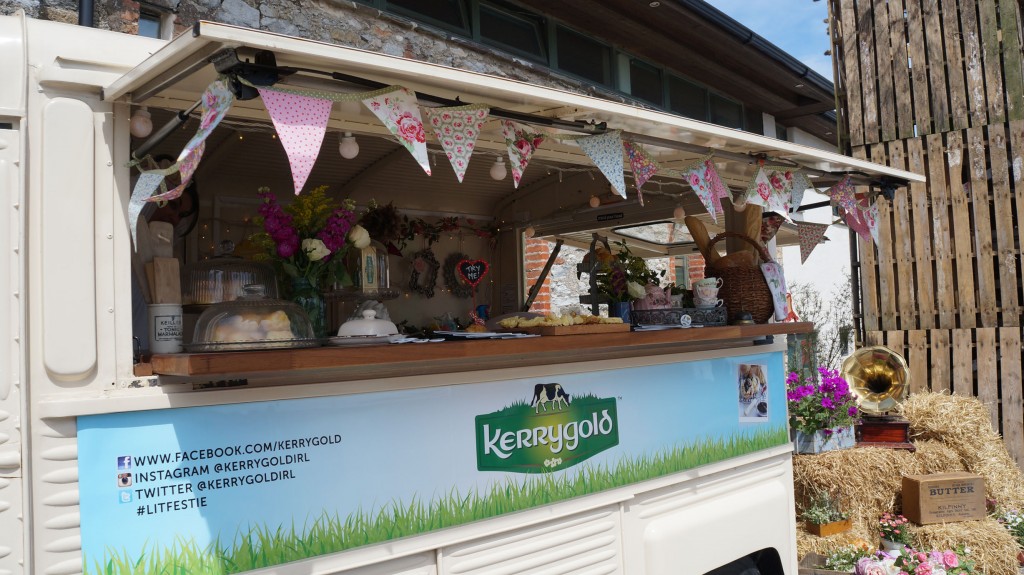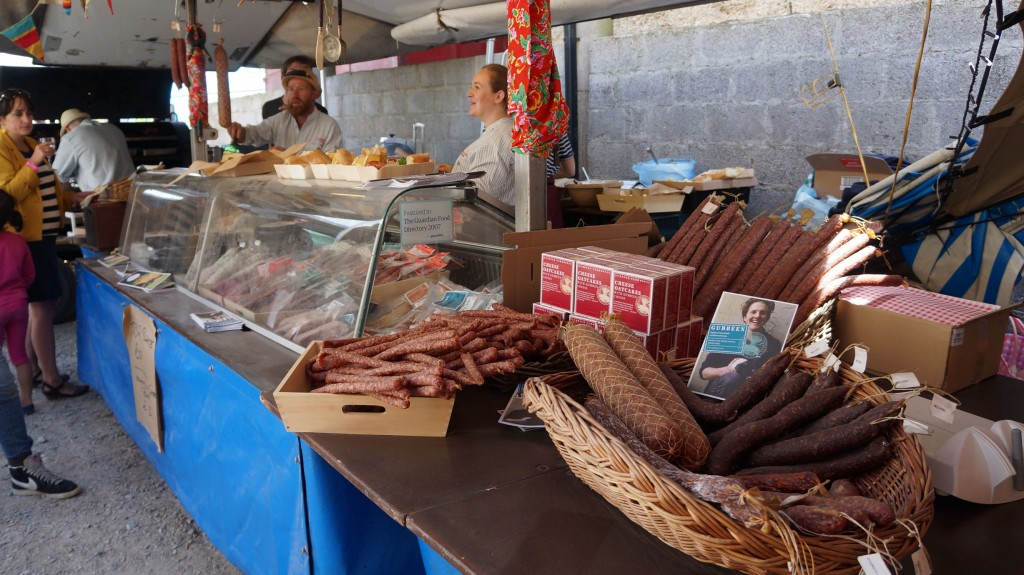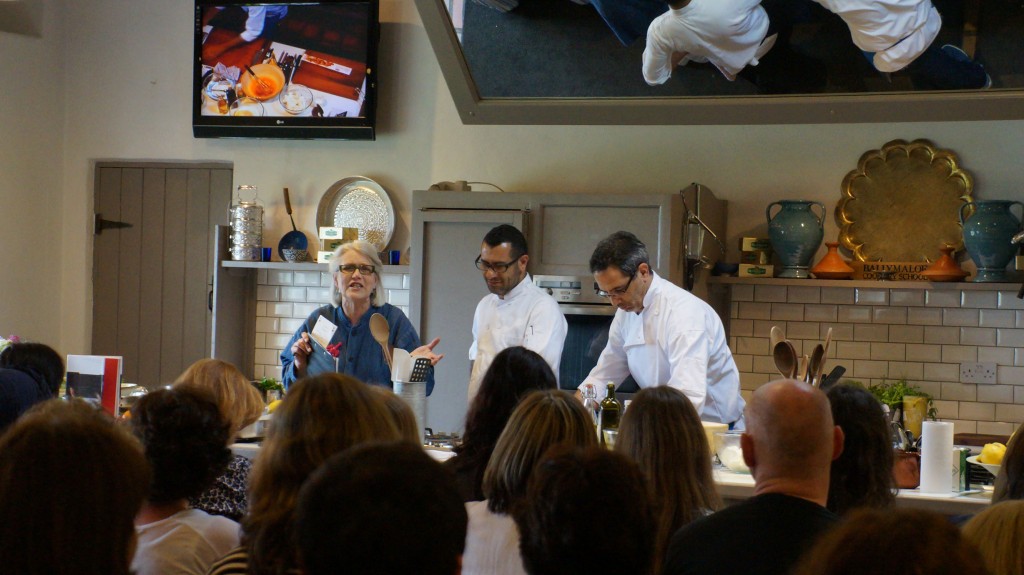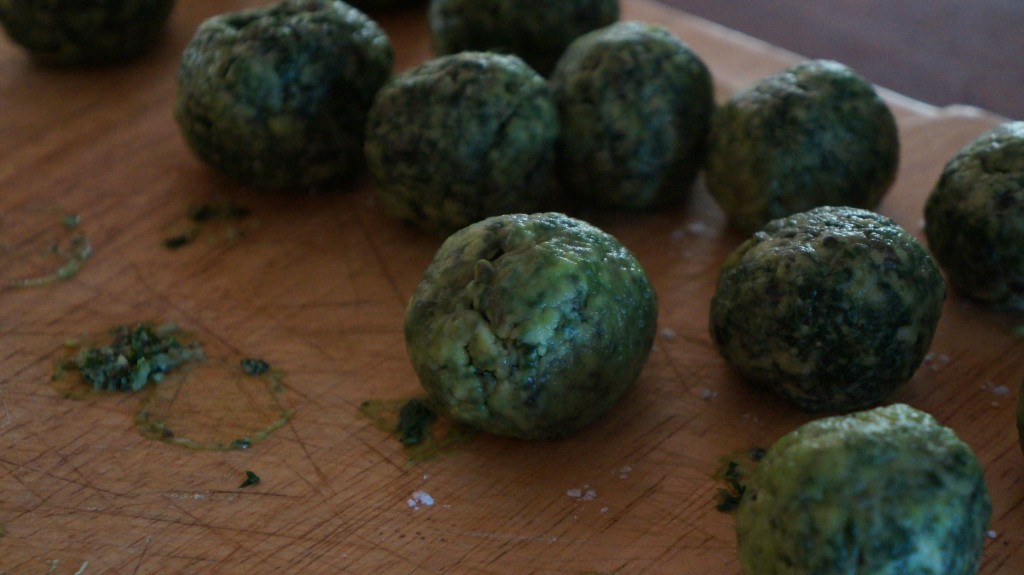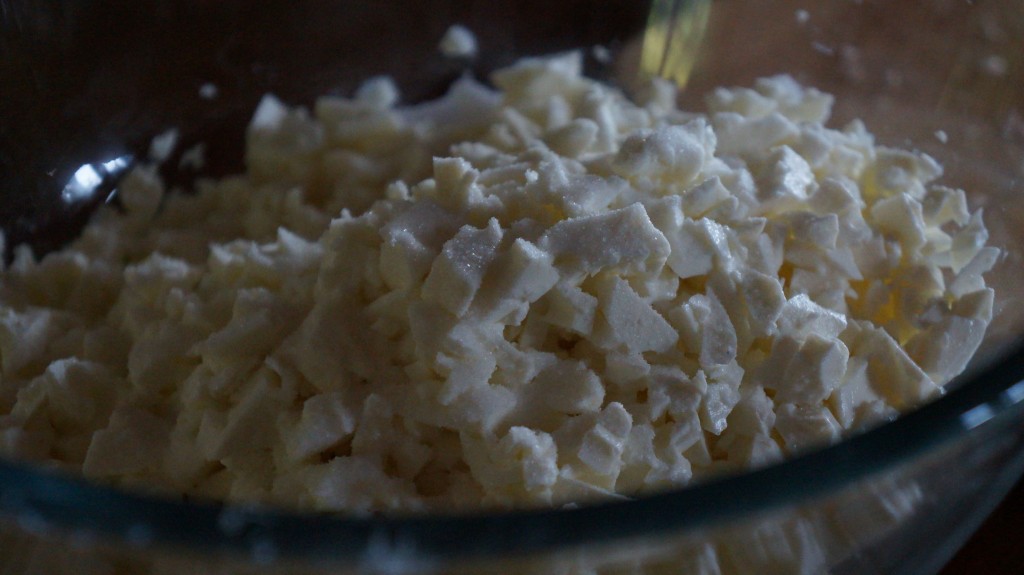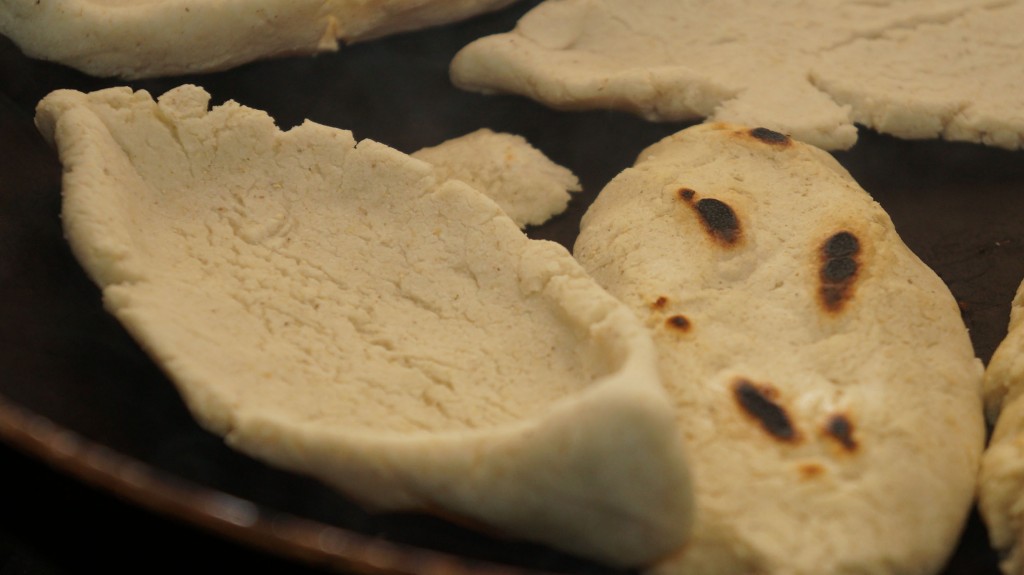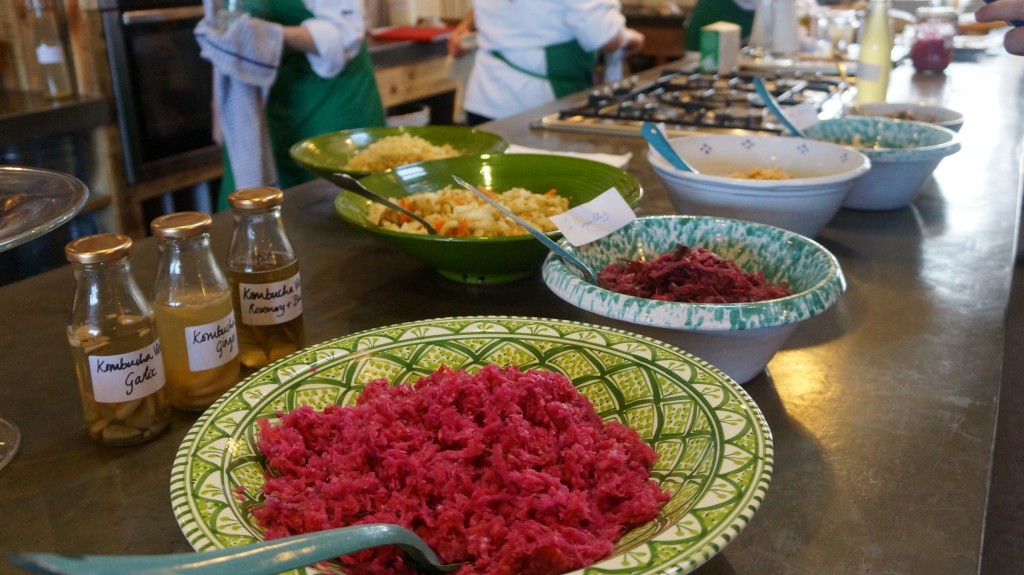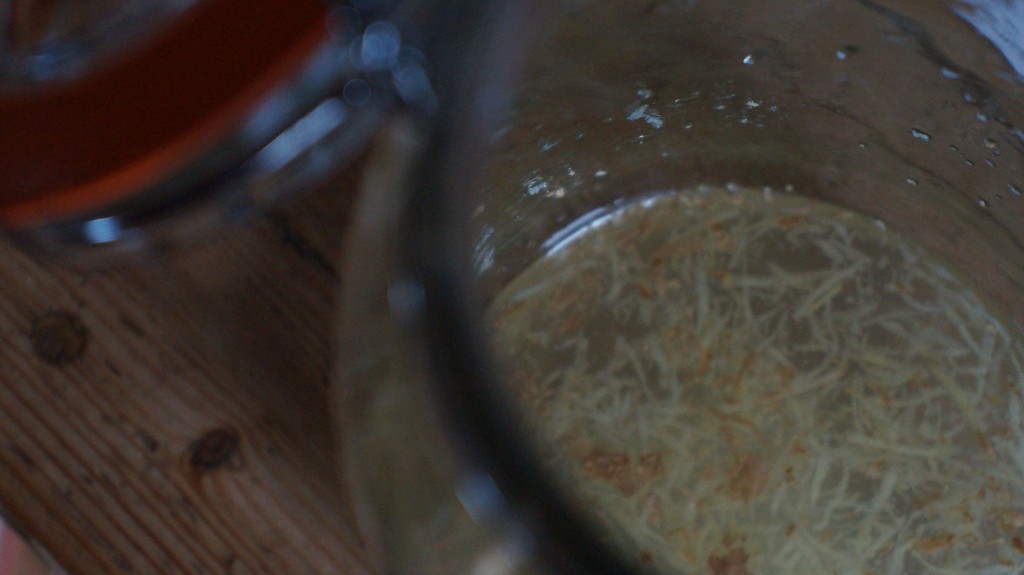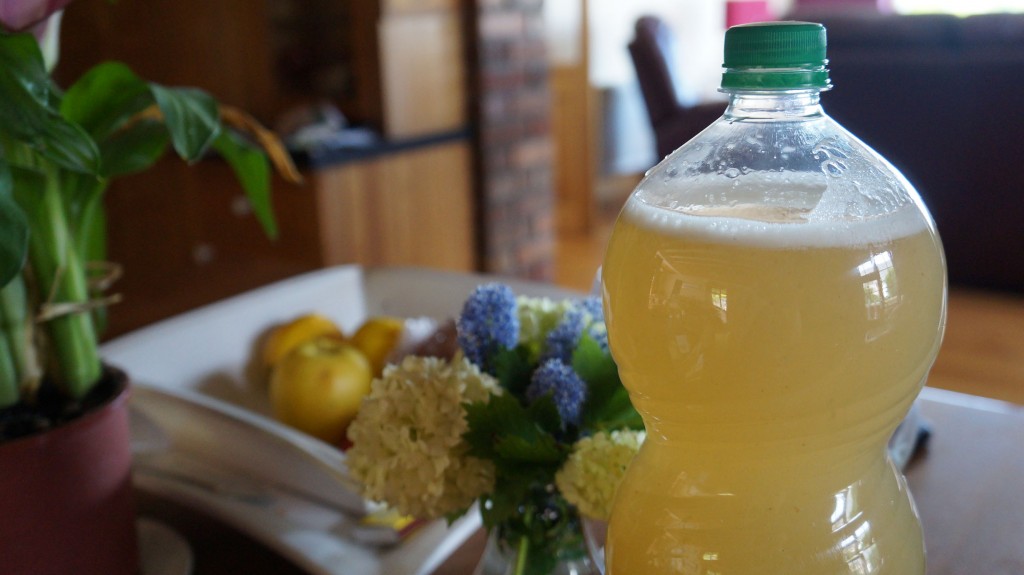Well, what a crazy few weeks leading up to what was to be the most inspiring collection of food writers, chefs, filmmakers and food lovers! Besides all the amazing workshops, discussions and cooking demos, there was plenty to do at The Big Shed. Over the past few weeks I have researched, read and cooked from 10 of the guest speakers at this year's Litfest. As they walked through the Ballymaloe grounds, it was surreal having them go from computer screen / cookbook to right there in front of me. It was an incredible pleasure to watch these amazing people share their stories and passion about cooking food from scratch and from their hearts.
Diana Kennedy and Darina Allen
Yotam Ottolenghi & Sami Tamimi working with the Ballymaloe Cookery School staff on their once-in-a-blue-moon pop-up dinner.
Donal Skehan and I after his talk on Food Blogging.
The 'U2' of Litfest: Sami and Yotom's incredibly, gorgeous, delicious and fresh cookery demonstration. I asked them whether it was worthwhile to make tahini from scratch. They said no, your kitchen will smell horrible and it's best to buy it Iranian-made.
Sandor Katz helping me say hi to a friend who absolutely adores him.
David Tanis
Thank you to everyone at Ballymaloe Cookery School for taking me under their wing and letting me help out on this amazing festival. Hope to see you all at the fest in 2015!
Susan Boyle's A Wine Goose Chase theatrical history of wine in Ireland.
Food blogging.
Alys Fowler - fellow bee lover / author / forager
Food is fundamental
Closing remarks



